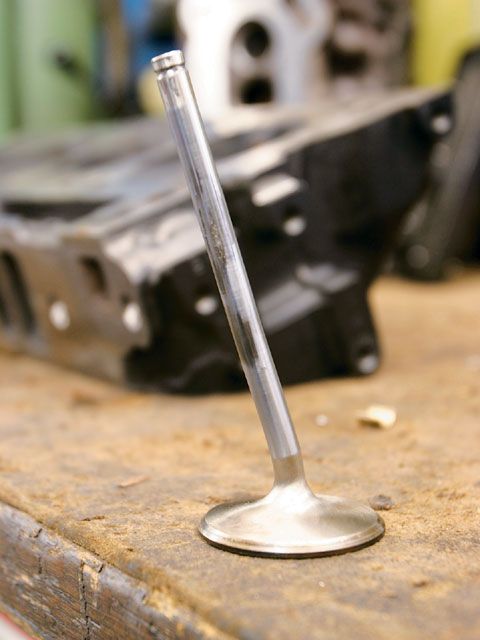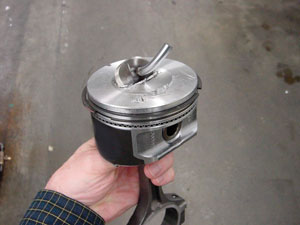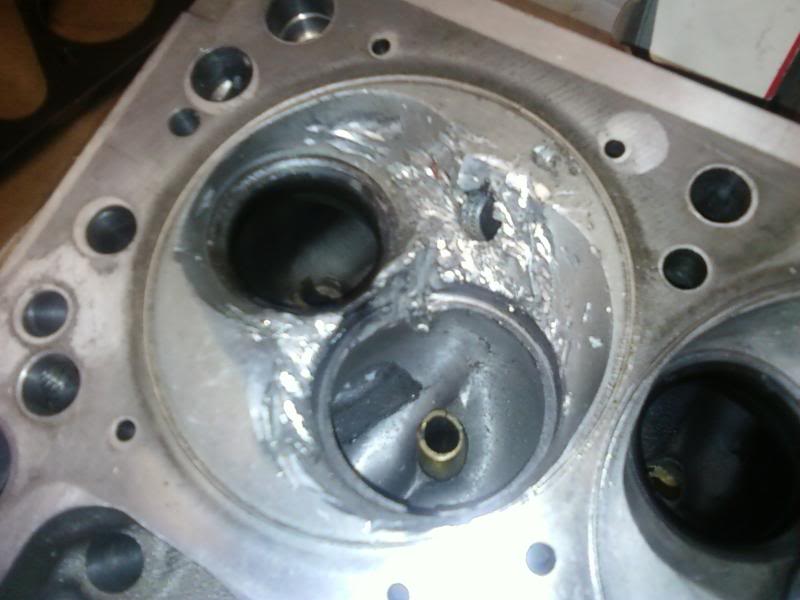jim said:I want to set a tach red line for a 402 big block stock engine but I don't know what it is. Is there a standard that those motors should red line at?
thanks jim
a 402 big block has a 3.76 stroke,you'll want to keep the piston speed limited to about 4000fpm, which would be about 6400rpm,at least in theory, but that's pushing past the reasonable upper limits if the valve springs are original, in a 35 year old or older engine with an original hydraulic lifter cam,and original bearings,valve springs, in my opinion.
you might want to consider what happens if a piston hits a valve



read
viewtopic.php?f=53&t=343&p=1170&hilit=redline#p1170
